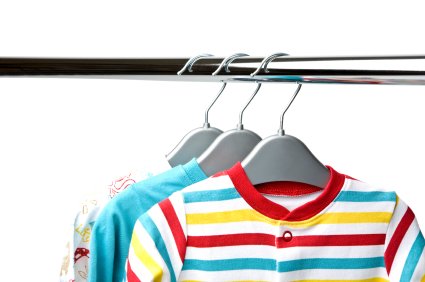-300x192-cropped.jpg)
Knits drive Turkish garment exports
Efforts to manufacture sustainably have buoyed Sri Lanka’s textile and apparel exports in recent months, according to a new Textiles Intelligence report - Trade and trade policy: the EU clothing import market and its ten largest supplying countries.

30th November 2012
Knitting Industry
|
Colombo
Brandix Group, Sri Lanka’s largest apparel manufacturer, has cut its carbon footprint by 30% since 2008 and plans to cut it by a further 20% between 2013 and 2020. At the same time, sales have increased markedly and the company hopes to increase its turnover from US$600 million in 2011 to US$1 billion in the next five years.
Sustainable production is seen by Sri Lankan textile and apparel manufacturers as an attractive selling point when competing for orders from Western buyers. Also, although companies have not been able to charge significantly higher prices for sustainably manufactured goods, sustainable production has helped them to cut costs and maintain prices at a much more stable level over the past few years, despite sharp increases in production costs. As a result, it has helped them to pull in more orders.
In the EU market, the average price of clothing imports from all sources increased by 24.0% over the four and a half years to June 30, 2012, whereas the average price of imports from Sri Lanka increased by just 13.8%.
This was the slowest rise among the major Asian suppliers and it compares favourably with price increases over the same period of 186.8% in the case of imports from Vietnam, 51.1% in the case of imports from Bangladesh, 38.9% in the case of imports from Indonesia, 36.0% in the case of imports from Pakistan, 35.6% in the case of imports from India and 28.1% in the case of imports from China.
Also, during the year to June 30, 2012, the average price of EU clothing imports from Sri Lanka was lower than the average price of imports from India and Indonesia.
Sri Lanka was also extremely competitive during the year in a number of individual categories, including women’s and girls’ knitted underwear and babies’ garments.
In the future, the country is aiming to compete with Bangladesh on price by setting up basic low cost manufacturing units in rural parts of the country.
The north and east regions of Sri Lanka are being targeted in particular as these areas are now open for investment following the end of the ethnic conflict between the government and the Tamil Tigers. Labour costs in these regions are among the lowest in the country.
The report can be purchased on Knitting Industry by following the link below:
Trade and trade policy: the EU clothing import market and its ten largest supplying countries
Other recently published Textiles Intelligence reports are:
Global Apparel Markets: Product developments and innovations

Business intelligence for the fibre, textiles and apparel industries: technologies, innovations, markets, investments, trade policy, sourcing, strategy...
Find out more